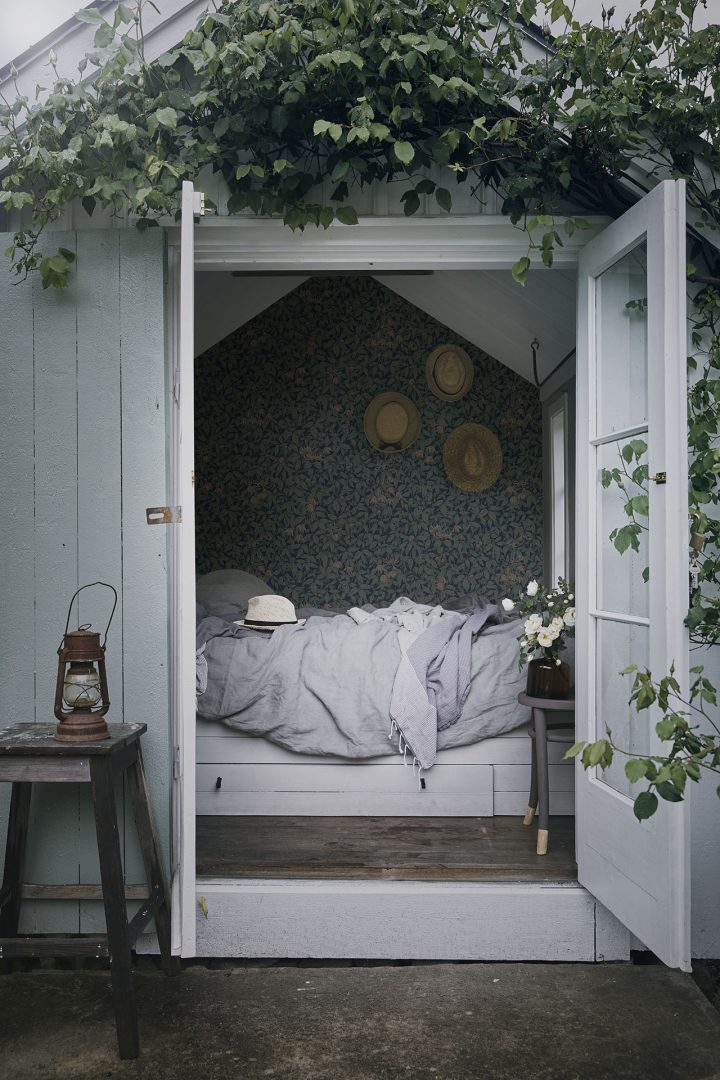Health and wellbeing, Interior decorating, Interior decorating trends
Biophilic Interior Design: Bringing wellness into your home
The modern way of life has brought a lot of comfort and easiness into human life, but it all came at a price. Once close to nature, now a modern individual has replaced that bond with technology, concrete, and predictability. That may have worked in the beginning, but eventually, it only brought just the opposite — more stress, and with its rise of physical and mental health issues.
Being connected to trees, flowers, animals, water, wind, and open space is an inherited quality in all of us. This is something biophilia recognizes and encourages to be regained to improve the relationship we have with ourselves and with the environment. The main focus of the biophilic interior design is to bring us closer to nature and allow us to experience all the wellness benefits in our homes.
What is biophilic interior design?

Edward Wilson, a respected American biologist, was the first person to introduce the term “biophilia” to modern society in his 1984 book, Biophilia. At the time, the world was worried about the looming nuclear war and obsessed with economic growth, so this concept couldn’t come at a more desperate time. Based on Wilson, people suffer if they are away from nature, making their health decline both physically and mentally.
A 1984, View through a window may influence recovery from surgery by Roger Ulrich, study supported his theory. It didn’t take long for architects, psychologists, and interior designers to promote biophilia as a solution to being closer to nature by incorporating its elements into the living space.
Why biophilic design can make all the difference

According to a 2014 article in the Lancet, stress may be a modern complaint that has been increasing as society progressed and advanced. Stress doesn’t attack one organ or one system in the body, it’s after them all. Although our bodies can withstand a fair amount of stress, they are not able to come through chronic or long-term exposure unscathed.
A 2009 study analysis of Shinrin-yoku or forest bathing in Japan showed that walking among trees and plants lowers levels of cortisol — a stress hormone. It also improved the immune system, blood pressure, and overall sense of well-being after only a 40-minute walk. The biophilic design may not be a replacement for nature walks, but it can help you feel the benefits.
How to include biophilia in home design

To bring wellness into your home, you need to incorporate elements of nature into interior design. This means that you need to pay attention to three categories of biophilic design: nature in space, nature analogs, and nature of space. Each is intended to facilitate the certain aspect of bringing natural details and properties into home design.
For example, nature in space uses temperature, light, water, and air to create a comfortable and soothing environment. Nature analogs category is about colours, materials, and shapes in nature that you can transfer into furniture, decorations, and art. Finally, the nature of space is focused on creating an environment that makes you feel safe and nurtured. So, let’s see how they practically fit in the biophilic design of your home and what you can do to include them all.
Accent on the natural light

Natural light is always a good idea for various reasons. For example, time in the sun stimulates the production of vitamin D that can boost your immune system and bones. The production of serotonin, a happiness hormone, is stimulated by exposure to natural light, bringing better mood and increased energy.
The easiest way to make your home brighter is by installing bigger windows or skylights. However, a popular trick among interior designers is placing a mirror opposite a window to reflect the light in the room. If new windows and skylights are too much, you can install a glazed window above doors and even use glass ones so light can freely expand in your home.
Incorporating colours for biophilic décor

Biophilic design is more than big renovations. Sometimes a change of colour can be enough to enjoy the benefits this trend brings into the home. Green is the logical go-to colour when it comes to biophilic design, but other earthy tones are welcome as well. Yellow, brown, blue, and orange can also fit well into your nature-inspired décor.
Alternatively, you won’t have to paint the walls, but use wallpapers with nature motifs, like flowers and leaves. Moreover, pay attention to the colour of your furniture, floors, curtains, and other parts of the interior design. Nature is full of colours so focus on those that stimulate positive emotions for you and use them in your space.
Using wood in the design

Having wood in your interior design can make you more comfortable and in better health, based on a 2007 study. It can lower blood pressure and heart rate, making you less prone to stroke and other cardiovascular conditions. The same study found that having more than 45% of space covered in wood can overload your senses.
If wood dominates your space, paint it in a different color, like white to make it less stimulating without destroying its biophilic properties. Instead of buying new furniture, visit yard sales and find pieces you can restore. Biophilia is not only about introducing nature into your home but also being more aware of how important it’s to preserve it from further deterioration.
Ways to include water in decorating

Water may seem like a tough biophilic element to introduce, but it’s easier than you think. A water wall, small fountain, or a pond can make the space calming. Sounds of water are positive stimulation that can bring your stress levels down and help you control your blood pressure.
In case you can’t have any of these, place a fish aquarium in your living area that will stimulate both visual and auditory senses. Research conducted in a shopping mall shows that an aquarium can increase your attention, something especially beneficial for people suffering from depression and anxiety.
Plants and flowers as live nature
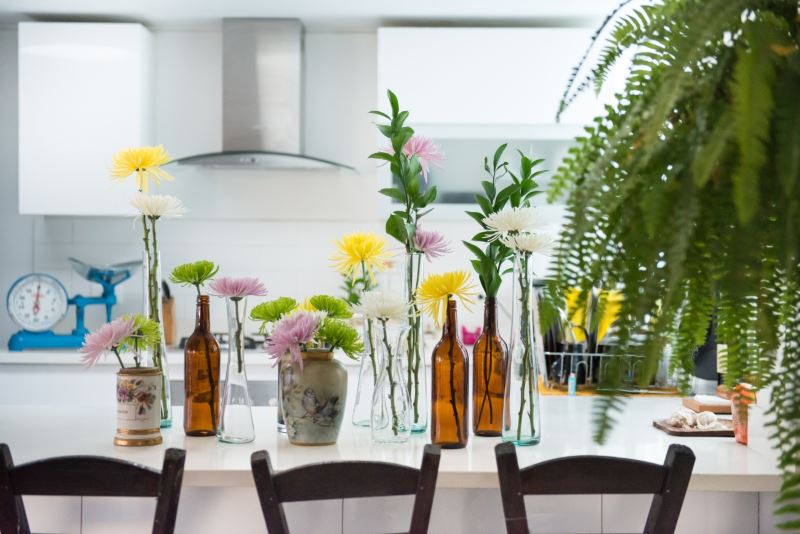
Potted plants and fresh flowers are the easiest way to introduce biophilia into your home. Scents and colours of floral arrangement in vase can brighten up your day and lift your spirit. A nice bouquet can remind you of gardens, spring, and meadows, making you feel cozy and relaxed.
Some plants are excellent air purifiers, taking the toxins from the environment and producing oxygen in return. Indoor trees and tall leafy plants will remind you of forests, helping you rest and recharge with positive energy. Being surrounded by nature will help you manage your stress and take a break to admire its beauty. In case you work from home, it can enhance creativity and boost productivity, as well as help you clear your head in stressful situations.
An abundance of fresh air
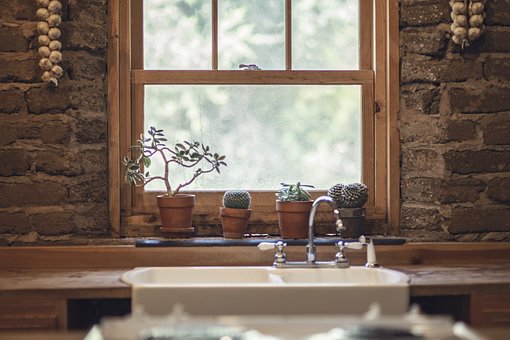
We mentioned how plants can make the air better, but that responsibility doesn’t fall solely on them. Homes have ventilation systems that can serve to control the temperature in the room, but also to define the freshness of the air. It’s essential to keep your vents clean and make sure the HVAC system is working properly to avoid toxins in the air. For a more eco-friendly solution, make sure your windows and door are airtight and install mechanical ventilation with heat recovery.
Stale air can have pathogens, dust, and bad smells that can lead to allergies, respiratory problems, and drowsiness. Opening a window may sound like a good idea, but the city traffic is the last thing you want to invite into your home. Air purifiers and humidifiers can make the air cleaner, as well as create a more comfortable environment in your home. Fresh air is an important factor for mental and physical health, especially now when the COVID-19 pandemic is still ongoing.
Creating a view to admire
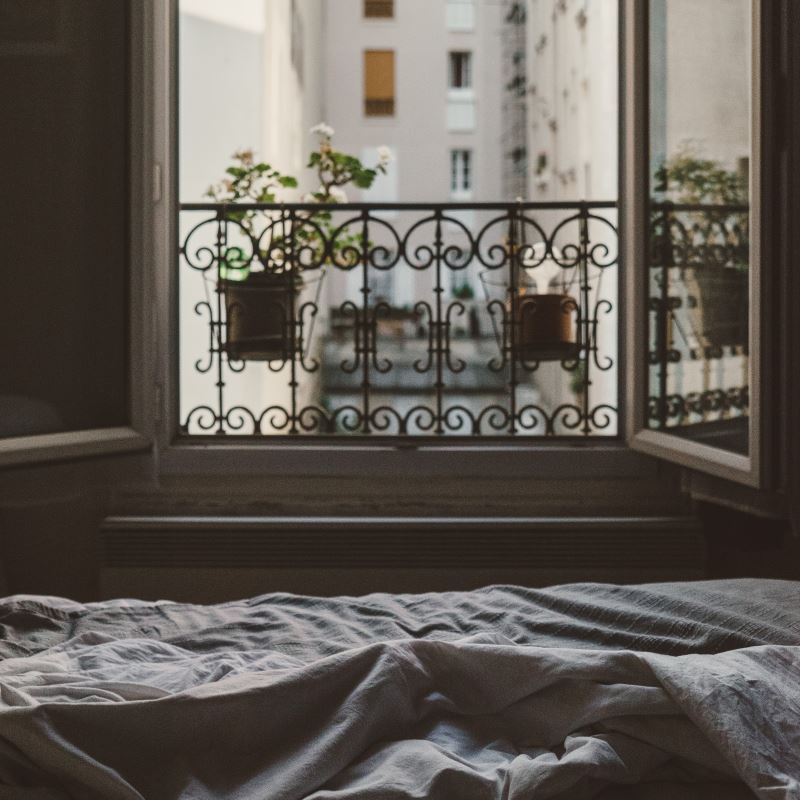
What you see outside your home is equally beneficial as the biophilic design you use inside. Work on your exterior to create beautiful scenery to enjoy when you look through the window. Landscaping and gardening can help you create a gorgeous view, as well as to have an outdoor area where you can relax.
Place a chair by the window, install a bench underneath it, or even create a comfortable reading nook. If your budget doesn’t allow for indoor renovations, this is the best approach to add biophilia into your home. While biophilic interior design gives the most benefits when incorporated both inside and out, sometimes, it’s easier to plant a lavish garden than to paint the walls.
Instead of placing plants in the corners, give them more exposure by building an indoor atrium. This will make nature an active participant in the interior design, creating a green space in the urbanized setting. Keep in mind that this is quite an investment, but one that will have enormous benefits for your health.
Scientists recommend spending at least two hours in nature every week to improve your well-being by lowering the risks of diabetes, depression, obesity, cardiovascular disease, and anxiety. All these conditions come from stress, so investing in an atrium with natural light, water, plants, and fresh air can bring benefits in the long run.
Lastly
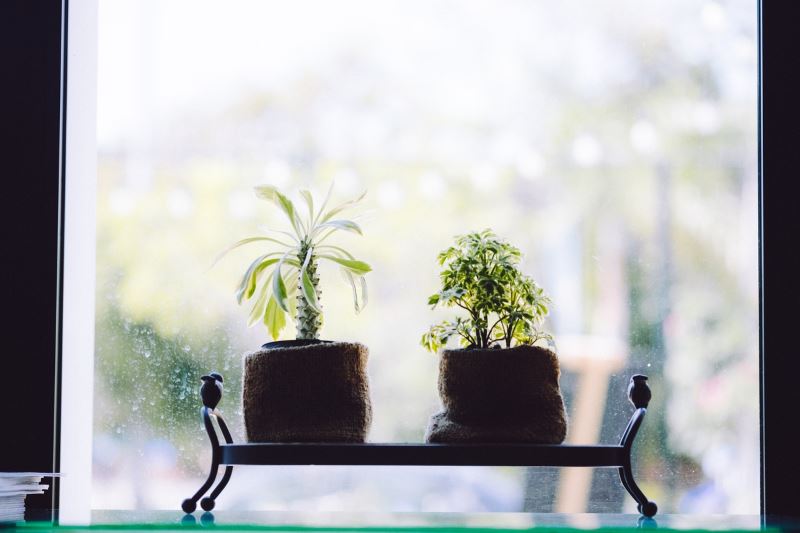
Wellness is not something reserved for spas and resorts. You can also have it at home. Biophilic design can re-introduce you to nature and repair the connection severed by urban life. If stress is the disease of the modern age, then biophilia can be the way to cure it.

